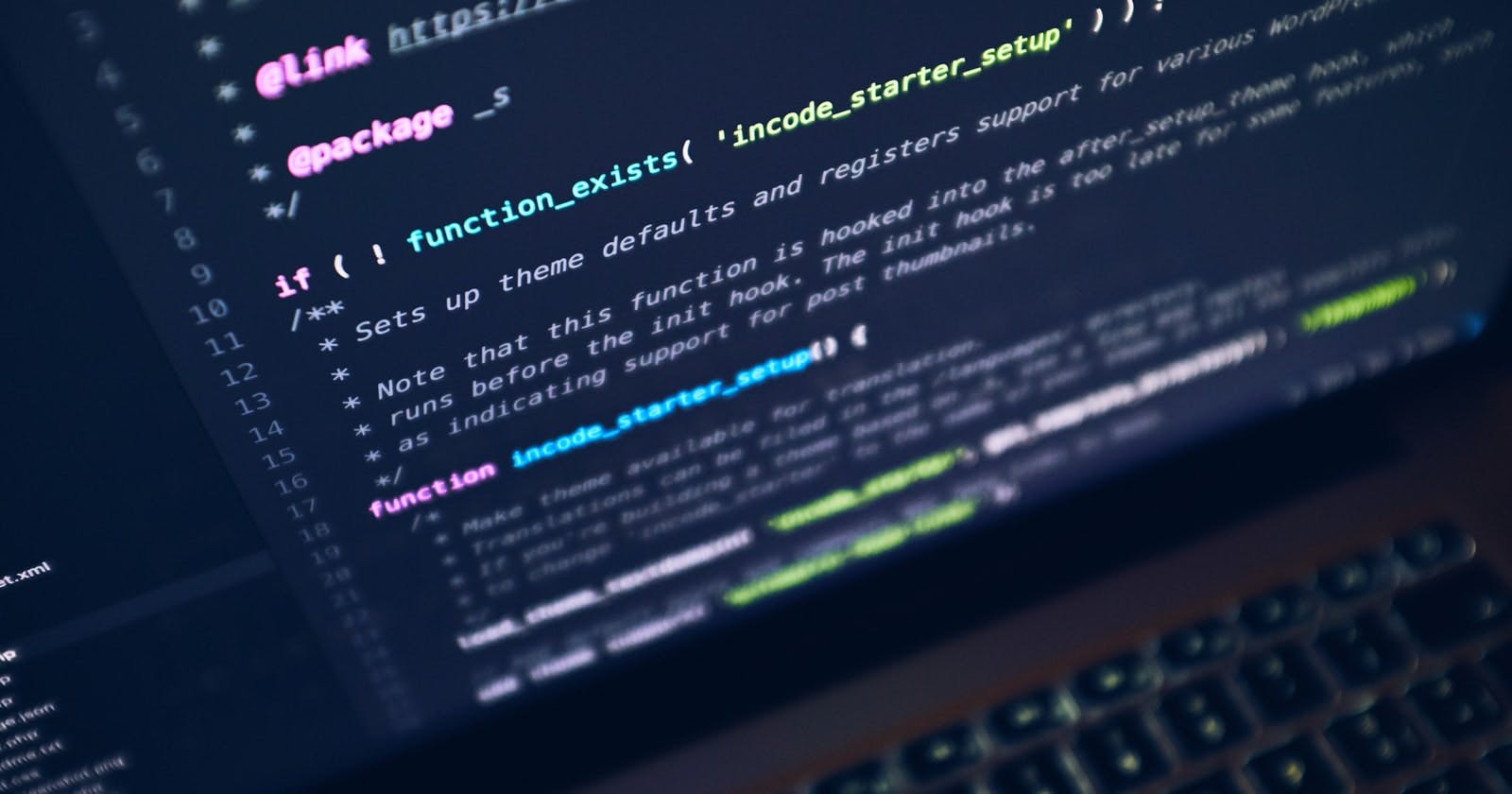Table of contents
No headings in the article.
Balancing any game is a difficult, and dare I say it, near-impossible task. It is especially difficult from the development side, where you are trying to ensure the player experience feels fair when the final product has not yet been realized.
With this, we need to have a couple methods for balancing our games that we can rotate between.
Let’s begin!
Make the character overpowered
This idea is prompted from personal experiences with MMO’s. As they tend to retain player bases for many years and require constant updates of new content, they often struggle with balancing. The conventional method of “leveling up” is exciting when going from 1 to 20, but after several years when you have max levels nearing 200 under that same scale, it’s overwhelming. It also becomes challenging to create more interesting encounters in PvE and PvP, where players know exactly how to defeat enemies.
It appears that a bit more forward thinking would help balancing from the start. Essentially, I recommend during playtesting to make everything super powerful and wild. Perhaps the player can collect 100 resources at a time, have endless ammo, or do 15 jumps in rapid succession while midair. The goal is to see how crazy your mechanics can get, and then scale back down from there. You want to find the point in which the player feels powerful without jeopardizing the core experience of the game.
With this baseline established, you can now break up the “maximum power” of your character to scale with the game. This also helps with adding content - if you have an equipable item that gives stats nearing the overpowered threshold, then you can better determine rarity or adjust the values accordingly. Additionally, this prompts the idea of “resets” where the player may retain certain abilities but restart their rank (in order to level again further).
Mix and match certain abilities
This method may not apply for all games, but it aims for flexibility where possible to easily make changes.You want to run the most problematic scenarios where the game is unbalanced, and then randomly cut out certain elements. By using trial and error, you can narrow down which specific aspects of your game lead to an unbalanced experience.
The interesting part of this method is that you may discover items that actually need to be improved. Through different combinations, certain items will stand out that are not having as much impact. By making those items stronger, the unbalanced elements will start to feel more fair for the player.
Gather feedback from others
While we can continue to make changes and re-balance our own games, there will always be inherent bias as developers. We have certain expectations for how players will navigate games and our testing often focuses on those intended experiences. Even if your game feels balanced, players will likely adopt different play styles that will open up problematic solutions.
The best example in this case is online card games. Developers intentionally release new cards that they expect players to synergize into their own decks. Their testing may be extensive (even utilizing the previous methods), but with the number of cards increasing there will naturally be combinations left untouched. This is why card games require continued updates past release to tweak card stats and abilities. Assuming your playerbase is greater than 1, as an indie game developer your audience will exponentially provide more data behind the state of your game.
This is where the method branches off by genre. If your game is able to track this data and aggregate it elsewhere, you will be able to see the real-time information and plan out the necessary changes. If you are unable to gather this live data, then you will want to rely on communication channels with your playerbase to see how they feel. I would recommend a poll with several different options available. This allows every user to contribute and feel like they have an impact on the game. Not every piece of feedback may apply (time constraint, intentional mechanic, etc…), so lean more into the feedback where a majority of players responded similarly.
TL;DR
- Trying to balance a game is challenging, especially with your initial rounds of development, so do not be discouraged if it does not resolve the first time!
- Approaching it from different angles and giving yourself time to analyze both personal and audience feedback will go a long way. Experiment with other methods as well outside of the above points.
- The best way to set yourself up for success is to design your games in a flexible way so that you can more easily make adjustments and run through multiple tests.


